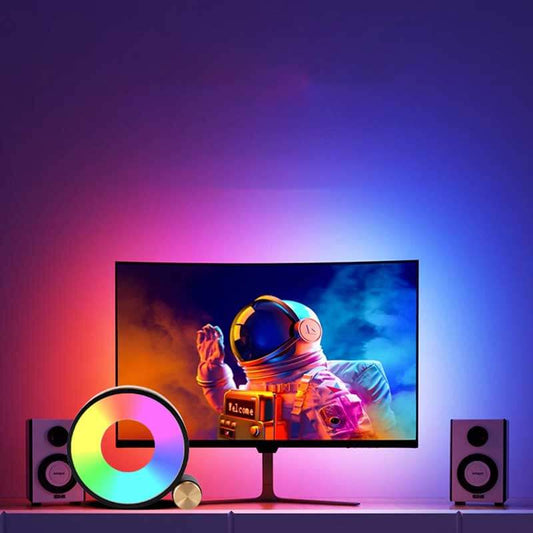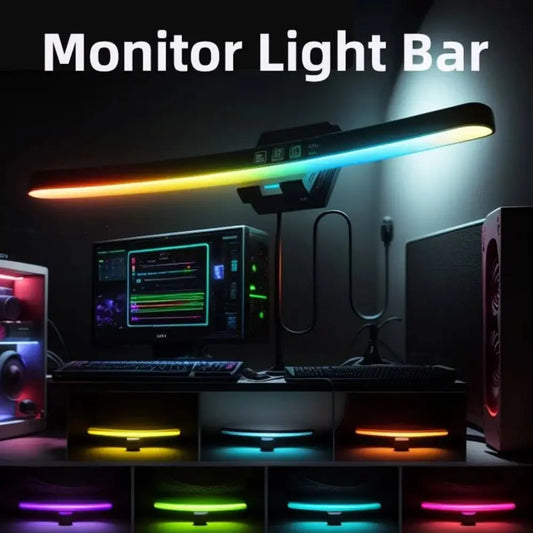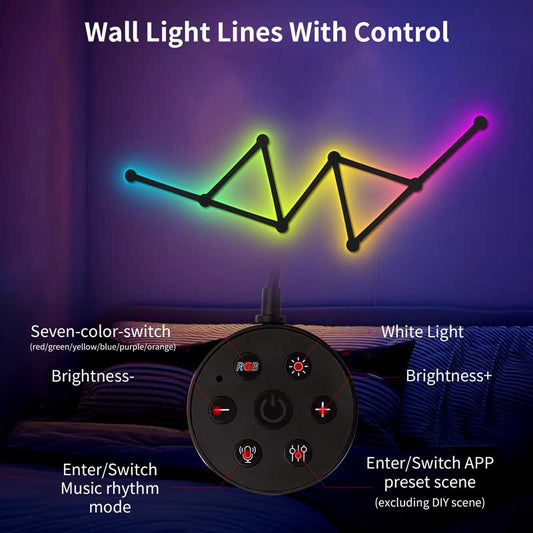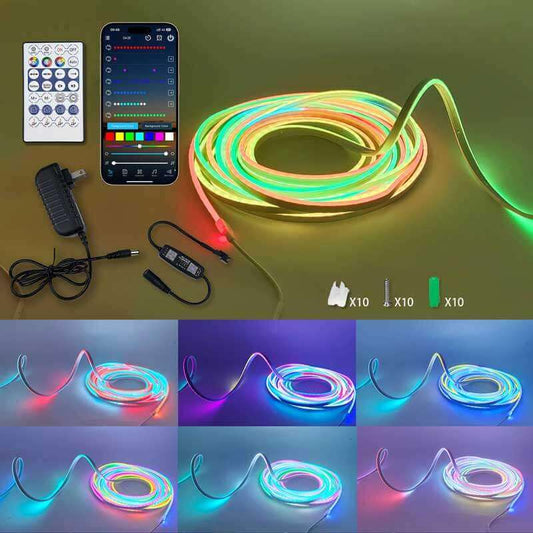How many years do motion sensor lights last?
Share
The lifespan of motion sensor lights depends on several factors, including the type of light, the quality of the components, how often the light is used, and environmental conditions. Here’s a breakdown of the general lifespan of motion sensor lights based on different types and factors:
1. LED Motion Sensor Lights
LED motion sensor lights are the most common type and are known for their long lifespan, energy efficiency, and durability.
-
Typical Lifespan: 25,000 to 50,000 hours
This translates to roughly 10 to 20 years of use if the light is turned on for about 3 hours per day. -
Factors that affect lifespan:
- Quality of LEDs: Higher-quality LED chips tend to last longer.
- Usage patterns: The more often the motion sensor light is triggered, the faster the LEDs might wear out, although they still last significantly longer than incandescent or fluorescent bulbs.
- Environmental factors: Outdoor conditions (like extreme heat or cold, moisture, and exposure to weather) can impact the lifespan, especially for non-waterproof or poorly sealed lights.
2. Incandescent Motion Sensor Lights
Older models of motion sensor lights used incandescent bulbs, but these have been largely phased out in favor of LED technology due to their lower energy efficiency and shorter lifespan.
-
Typical Lifespan: 1,000 to 2,000 hours
This translates to around 1 to 2 years of use if the light is turned on for 3 hours per day. -
Factors that affect lifespan:
- Frequent switching: Incandescent bulbs are less durable than LEDs and burn out faster when switched on and off frequently, which is typical for motion sensor lights.
- Vibration or shocks: Incandescents are also more prone to damage from vibrations or shocks, which could be a concern for motion sensor lights installed outdoors or in areas with high activity.
3. CFL (Compact Fluorescent Lamp) Motion Sensor Lights
CFL bulbs are more energy-efficient than incandescent bulbs but generally have a shorter lifespan than LEDs.
-
Typical Lifespan: 8,000 to 15,000 hours
This translates to 3 to 5 years of use if the light is on for 3 hours per day. -
Factors that affect lifespan:
- On/off cycling: Like incandescent bulbs, CFLs are sensitive to frequent on/off cycles, which can reduce their lifespan. Motion sensor lights tend to cycle on and off frequently, so this is an important consideration.
- Temperature sensitivity: CFLs can be less reliable in extreme temperatures, so they may not last as long if exposed to outdoor elements.
4. Solar Motion Sensor Lights
Solar-powered motion sensor lights are a popular choice for outdoor use due to their eco-friendliness and ability to run without electricity. However, their lifespan can be affected by both the quality of the solar panel and battery, as well as exposure to the elements.
-
Typical Lifespan of LED Solar Lights: 5 to 10 years
The LED bulb in a solar motion sensor light can last around 25,000 to 50,000 hours, but the solar panel and battery have a shorter lifespan. -
Typical Lifespan of Solar Batteries: 2 to 5 years
The battery in solar-powered motion sensor lights (often lithium-ion or NiMH batteries) will typically need to be replaced every 2 to 5 years, depending on usage and weather conditions. After the battery degrades, the light’s ability to store energy and stay illuminated may diminish. -
Factors that affect lifespan:
- Sunlight exposure: Solar lights require direct sunlight to charge effectively. Reduced sunlight exposure, especially in areas with long winters or frequent cloud cover, can decrease their efficiency and lifespan.
- Quality of the solar panel: Higher-quality solar panels will last longer and provide more efficient charging.
5. Maintenance and Care
- Battery replacement: For solar-powered or battery-operated motion sensor lights, regular battery replacement is crucial to ensure the light continues to work efficiently.
- Cleaning: Dirt, dust, and debris on the sensor or light can reduce the effectiveness of the motion detector. Cleaning the sensor and light periodically can help prolong its lifespan.
Summary of Lifespan Estimates for Motion Sensor Lights:
- LED motion sensor lights: 10–20 years (25,000–50,000 hours)
- Incandescent motion sensor lights: 1–2 years (1,000–2,000 hours)
- CFL motion sensor lights: 3–5 years (8,000–15,000 hours)
- Solar-powered motion sensor lights: 5–10 years (for the light itself, but the battery may need replacing every 2–5 years)
LED motion sensor lights have the longest lifespan, lasting 10 to 20 years on average, with minimal maintenance required. Solar-powered lights also offer long-term use but may require battery replacement every few years. To get the most longevity out of your motion sensor light, choose a high-quality model, ensure proper installation, and perform any necessary maintenance, such as cleaning and battery replacement.




